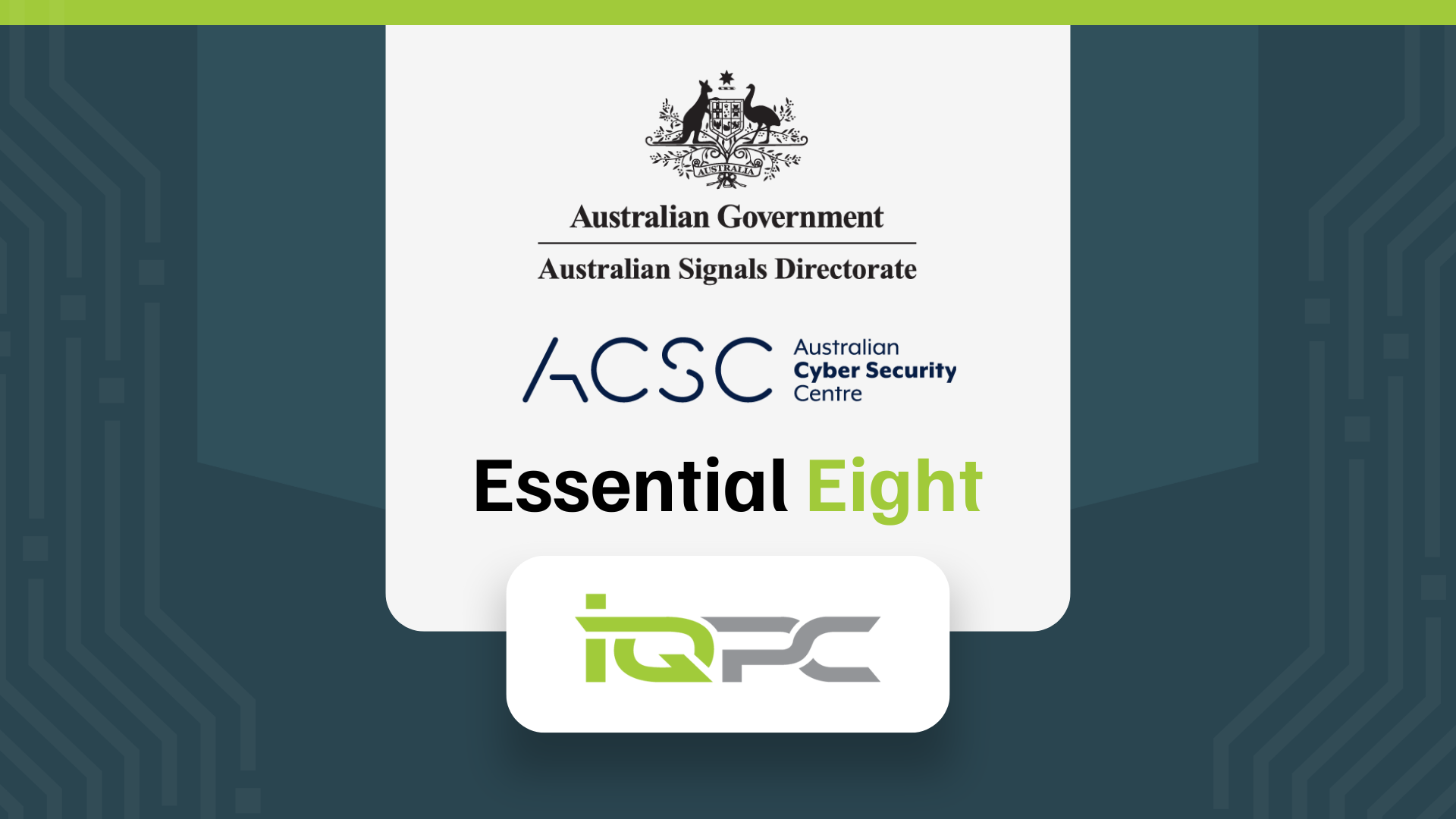Effective cybersecurity is crucial for businesses of all sizes, but small and medium-sized businesses (SMBs) often face unique challenges when it comes to implementing robust security measures. The Essential Eight, a set of cybersecurity strategies developed by the Australian Cyber Security Centre (ACSC), offers a comprehensive framework for protecting your IT environment. However, for many SMBs, the cost and complexity of these strategies can seem daunting.
Throughout this blog, we’ll explore practical tips and cost-effective solutions for implementing the Essential Eight, ensuring that your business can effectively bolster its cybersecurity posture without breaking the bank.
Application Whitelisting | Control What Runs on Your Systems
Application whitelisting involves allowing only approved applications to run on your systems, blocking all others by default.
Start Small
Begin by whitelisting essential applications and gradually expand as needed.
Leverage Built-In Tools
Use built-in operating system tools like Windows Defender Application Control or third-party solutions that fit within your budget.
Regular Reviews
Periodically review and update your whitelist to accommodate new, trusted applications, while ensuring outdated or unused ones are removed.
Patch Applications | Keep Your Software Up-to-Date
Regularly updating and patching your applications helps to fix vulnerabilities and improve your security measures.
Automate Updates
Where possible, enable automatic updates for your software to ensure you’re always up-to-date and protected against known (or unknown) vulnerabilities.
Use Update Management Tools
Consider using free or low-cost patch management tools that can help automate and streamline processes.
Prioritise Critical Updates
Focus on applying critical updates and patches that address high-risk vulnerabilities first.
Configure Microsoft Office Macro Settings | Minimise Malware Risks
Configuring macro settings in Microsoft Office help to reduce the risk of malicious code execution.
Restrict Macros
Set macros to run only from trusted sources and disable macros from unknown sources.
Educate Users
Provide training to your employees on the risks associated with macros and how to handle suspicious files.
Regular Audits
Periodically review your macro settings to ensure they align with your security policies.
User Application Hardening | Reduce Attack Surfaces
Configuring applications to minimise their vulnerability against unwanted attacks.
Disable Unnecessary Features
Turn off features and functions in applications that aren’t required for your day-to-day business operations.
Secure Configurations
Follow vendor guidelines for secure configurations and apply them to your applications.
Use Security Baselines
Implement security baselines from reputable sources or industry standards to ensure a secure setup.
Restrict Administrative Privileges | Limit Access
Controlling and limiting administrative privileges help in reducing the risk of unauthorised access.
Principle of Privilege
Grant your team members the minimum level of access necessary to perform their jobs to the best of their ability.
Regular Reviews
Conduct regular reviews of user permissions to ensure that access levels are still appropriate.
Use Role-Based Access Control
Implement role-based access control (RBAC) to manage permissions more effectively.
Multifactor Authentication | Add an Extra Layer of Security
Implementing multifactor authentication (MFA) requires team members to activate more than just a password to access platforms/software.
Start with Critical Accounts
Implement MFA for critical accounts and systems first, such as administrative accounts and sensitive applications.
Use Free or Low-Cost Solutions
Many MFA solutions are available for free or at a low-cost, making it accessible for SMBs.
Educate Users
Provide training to your team members on the importance of MFA and how to use it effectively.
Daily Backup of Important Data | Ensure Data Recovery
Regularly backing up important data ensures it can be recovered in the case of a cyber incident or loss of data.
Automate Backups
Set up automated backups to ensure that data is consistently backed up without the need of manual intervention.
Use Cloud Solutions
Consider using affordable cloud backup solutions that offer scalability and ease of use.
Test Backups Regularly
Periodically test your backups to ensure that they’re functioning correctly and that data can be restored accurately.
The Impact of Neglecting the Essential Eight
Failing to implement the Essential Eight strategies can leave your business vulnerable to a range of cybersecurity threats, from data breaches to ransomware attacks. The financial and reputation damage from such incidents can be significant, making proactive cybersecurity measures a crucial investment for any SMB.
Need Help with the Essential Eight?
Implementing the Essential Eight strategies, is as the name suggests, essential. It may appear like there is a lot to implement, however, it doesn’t have to feel overwhelming. At IQPC, we specialise in helping small and medium-sized businesses navigate these essential strategies effectively. Our team is here to provide guidance, support, and tailored solutions to enhance your IT security.
Contact us today to learn how we can assist you in implementing the Essential Eight and securing your business against evolving cyber threats.



